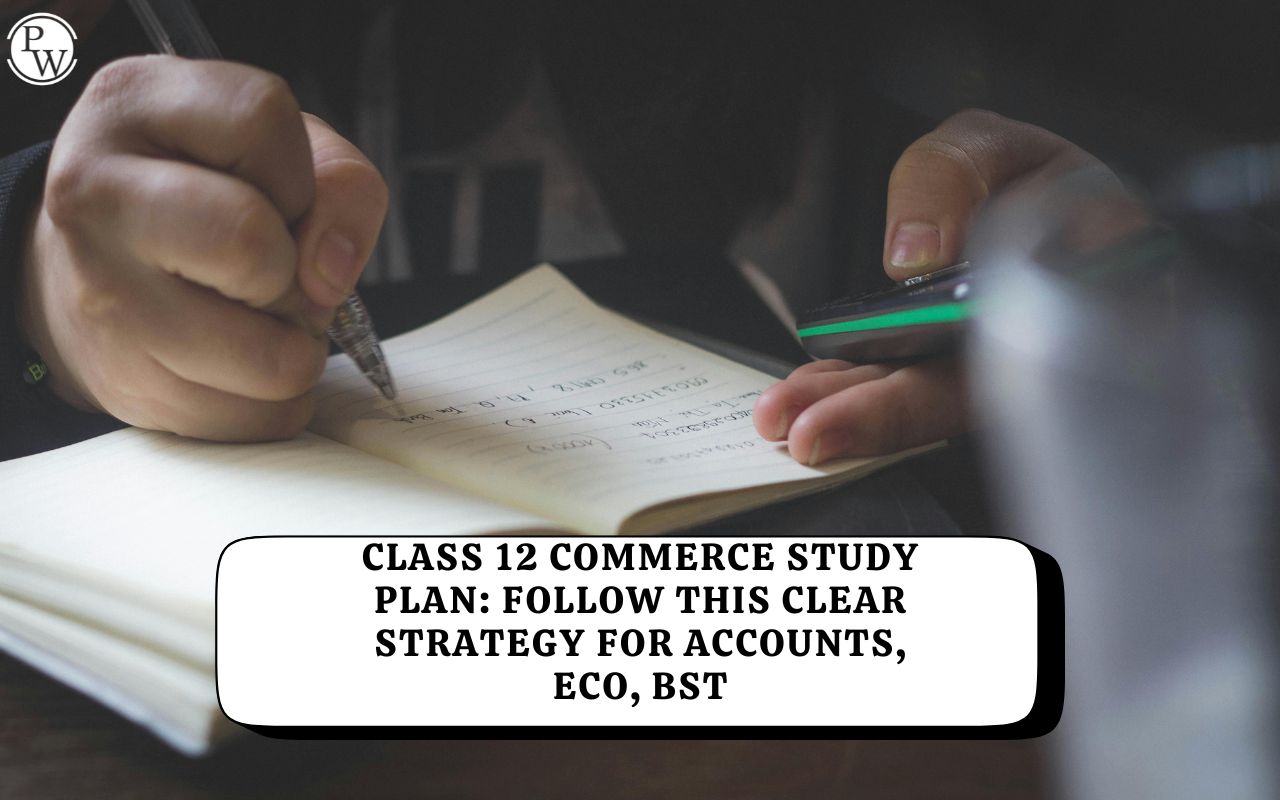

Emergence of Microeconomics: The rise of microeconomics is an important milestone in the development of economic ideas. It focuses on how individuals make decisions and how markets function. In simple terms, it looks at how consumers and producers behave and how markets operate in detail. The roots of microeconomics can be traced back to the works of classical economists such as Adam Smith, David Ricardo, and John Stuart Mill, who laid the groundwork for understanding the principles of market exchange and the invisible hand mechanism.
However, the marginalist revolution of the late 19th century, led by economists like William Stanley Jevons, Carl Menger, and Léon Walras, propelled microeconomic analysis forward by introducing the concept of marginal utility and marginal cost.
Emergence of Microeconomics
Microeconomics is a part of economics that has been around for a long time. Its roots go back to ancient Greek philosophers and early thinkers about money. They started figuring out how people act with money and how markets work.
Ancient Roots :
- The origins of microeconomic thought can be found in the works of ancient Greek philosophers such as Aristotle, who pondered questions related to exchange, value, and production.
- Greek scholars like Xenophon and Plato contributed to early economic theories, discussing the division of labour and market transactions.
Mercantilist Era :
- During the 16th to 18th-century mercantilist era, economic thought focused on trade, wealth accumulation, and government intervention .
- Mercantilist thinkers like Thomas Mun and Jean-Baptiste Colbert explored concepts related to supply and demand, trade balances, and the state's role in economic affairs.
Classical Economics :
- The advent of classical economics in the 18th and 19th centuries brought forth prominent figures such as Adam Smith, David Ricardo, and John Stuart Mill.
- Adam Smith's seminal work, "The Wealth of Nations," laid the foundation for modern microeconomic analysis, emphasising the role of individual self-interest, markets, and the invisible hand in allocating resources efficiently.
- David Ricardo expanded upon Smith's ideas, particularly in comparative advantage and the theory of rent.
Marginal Revolution :
- The late 19th century witnessed the "marginal revolution," led by economists such as William Stanley Jevons, Carl Menger, and Léon Walras.
- This period marked a significant shift towards a more rigorous analysis of individual decision-making and market interactions, focusing on marginal utility and marginal costs.
Neoclassical Economics :
- The neoclassical school of thought, which emerged in the late 19th and early 20th centuries, further developed microeconomic theory .
- Figures like Alfred Marshall and Vilfredo Pareto refined concepts such as consumer theory, price determination, and market equilibrium, laying the groundwork for modern microeconomic analysis.
The historical background of microeconomics reflects an ongoing evolution of ideas and theories. These theories have aimed at understanding the behaviour of individuals and firms in markets and allocating scarce resources. These foundational contributions help to shape the study of microeconomics in contemporary economic analysis.
Development of Microeconomic Concepts
The study of microeconomics has various fundamental concepts, including:
- Incentives and behaviour : Examining how individuals or firms respond to their circumstances.
- Utility theory : Analysing how consumers maximise their satisfaction, or "utility," given their available income.
- Production theory : Investigating the process of transforming inputs into outputs, with producers aiming to minimise costs to maximise profits.
- Price theory : Exploring the interaction between utility and production theories to determine prices through supply and demand in competitive markets. Economic equilibrium is reached when the quantity demanded by consumers equals the quantity supplied by producers.
| Also Read | |
| Fundamentals of Economics | Business Economics |
| Forms of the Market, Meaning, Types | CBSE Class 11 Economics Coaching |
As we know it is a branch of economics that focuses on individual consumers, firms, and industries, analysing their behaviours and interactions within markets. Here are some key principles:
- Scarcity : Resources are limited, while wants and needs are infinite. This leads to the necessity of making choices about resource allocation.
- Opportunity Cost : The cost of choosing one option over another, representing the value of the next best alternative forgone.
- Supply and Demand : The foundation of microeconomics have been started by determining prices and quantities in markets. Demand reflects consumers' willingness to pay, while supply represents producers' willingness to offer goods or services at various prices.
- Elasticity : Measures how sensitive quantity demanded or supplied is to changes in price or other factors. It helps understand consumer and producer behaviour in response to price changes.
- Market Structures : Different market structures, such as perfect competition, monopoly, monopolistic competition, and oligopoly, impact pricing, output levels, and efficiency within industries.
- Costs and Revenue : Understanding production costs, including fixed and variable costs, and revenue concepts like total revenue, marginal revenue, and average revenue.
- Consumer Behaviour : Analyzing how consumers make decisions based on utility maximisation, budget constraints, and preferences.
- Producer Behaviour : Examining how firms determine production levels based on profit maximisation, cost minimisation, and market conditions.
Contemporary Issues In Microeconomics
Contemporary microeconomics has several critical issues influencing individuals, businesses, and policymakers. Here are some of the key areas of focus:
- Inequality and Income Distribution : The gap between rich and poor continues to widen in many countries. Microeconomics examines the factors contributing to this, such as globalisation, technological advancements, and skill gaps in the workforce. It also explores policies like progressive taxation, minimum wage increases, and social safety nets to address income inequality and promote inclusive growth.
- Poverty Measurement and Alleviation : Microeconomics plays a role in developing effective strategies to reduce poverty. This involves understanding the root causes of poverty, such as lack of access to education, healthcare, and financial services. This model can help design targeted interventions, such as microloans, skills training programs, and conditional cash transfers, to empower individuals and lift them out of poverty.
- The Sharing Economy and Platform Businesses: The rise of the sharing economy (e.g., Uber, Airbnb) and platform businesses (e.g., Amazon, Etsy) has disrupted traditional markets. This practice analyses the impact of these new models on competition, consumer behaviour, and labour markets. It also examines regulatory challenges associated with these platforms, such as ensuring fair competition and protecting worker rights.
- Behavioral Economics : This field integrates psychology into microeconomic models to understand how emotions, biases, and social influences impact individual decision-making. By incorporating these insights, this can design more effective policies for consumer protection, healthcare choices, and financial literacy.
- Technological Advancements and Automation : Technological advancements like automation and artificial intelligence are transforming industries and raising concerns about job displacement. Microeconomics analyses the impact of these trends on labour markets, skill demands, and income inequality. It also explores potential policy responses to mitigate job losses and prepare workers for the changing job landscape.
- Climate Change and Environmental Sustainability : Microeconomics is increasingly focused on understanding the economic impact of climate change and environmental degradation. This includes analysing pollution costs and the benefits of renewable energy sources and designing policies like carbon pricing to incentivise sustainable practices.
- Game Theory and Strategic Interaction : Microeconomics uses game theory to analyse strategic interactions between firms, consumers, and policymakers. This helps understand how individuals and businesses make decisions in competitive environments, leading to better predictions of market outcomes and the design of effective regulations.
Begin your journey towards academic excellence in Commerce with our comprehensive Class 11 Commerce courses . Master the CBSE syllabus with expert guidance and ace your exams. Enroll now!”
Emergence of Microeconomics FAQs
What led to the emergence of macroeconomics?
What is the nature and scope of macroeconomics?












